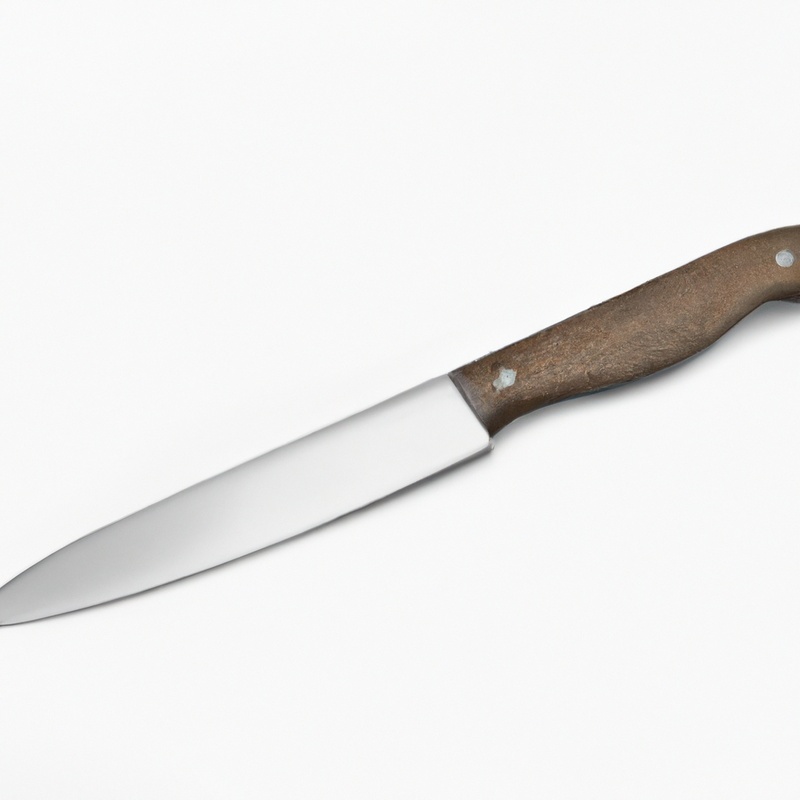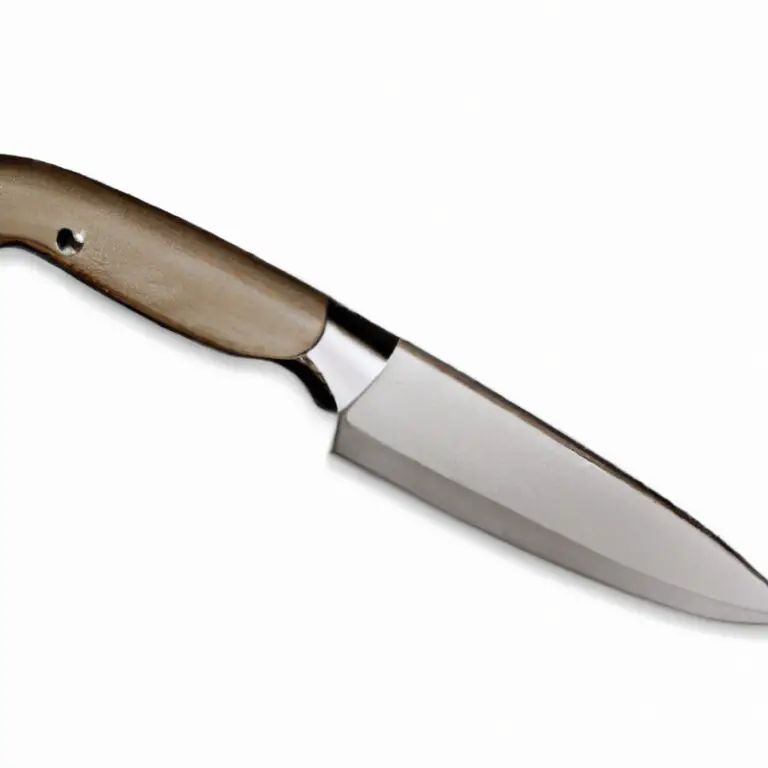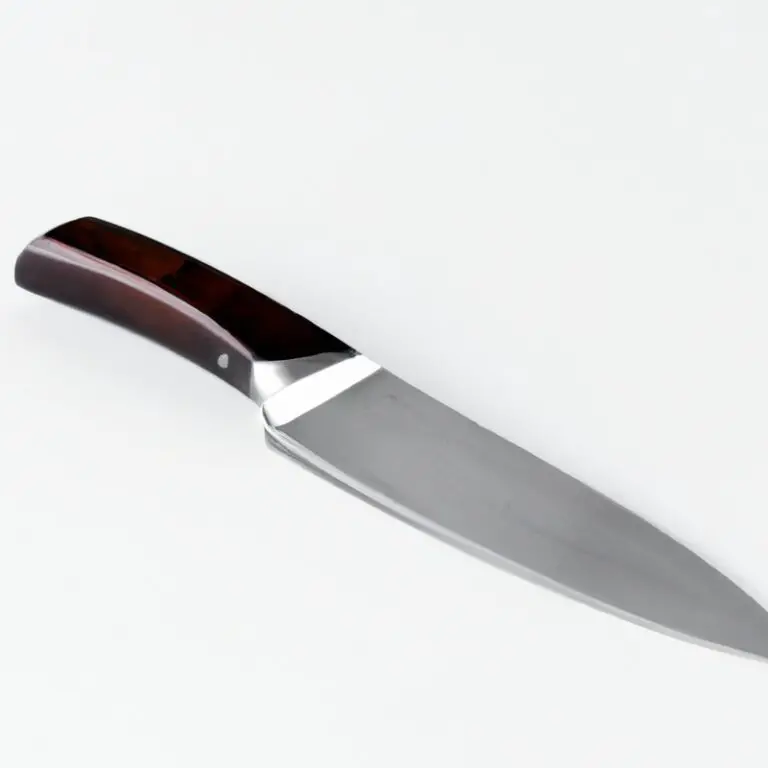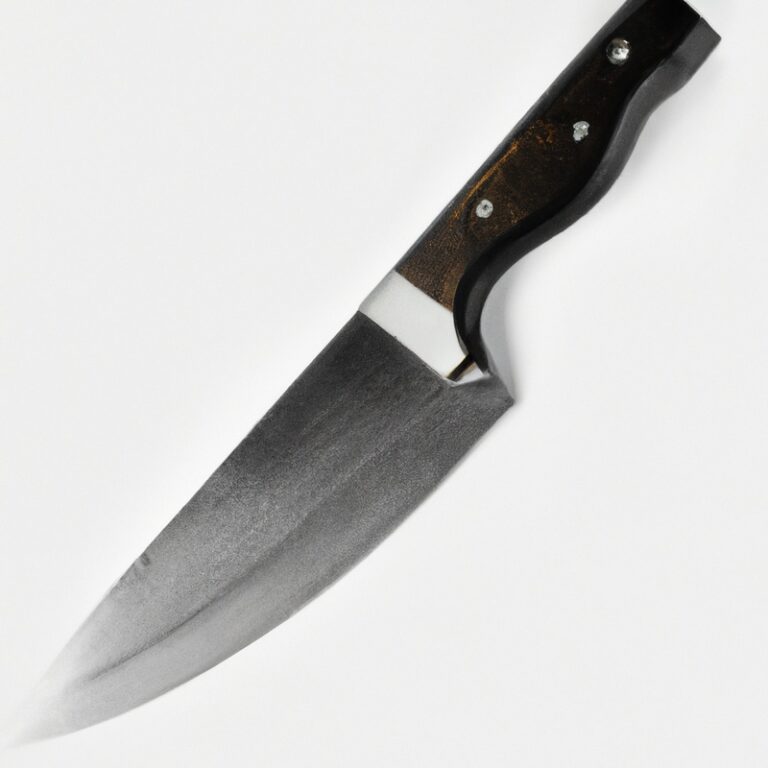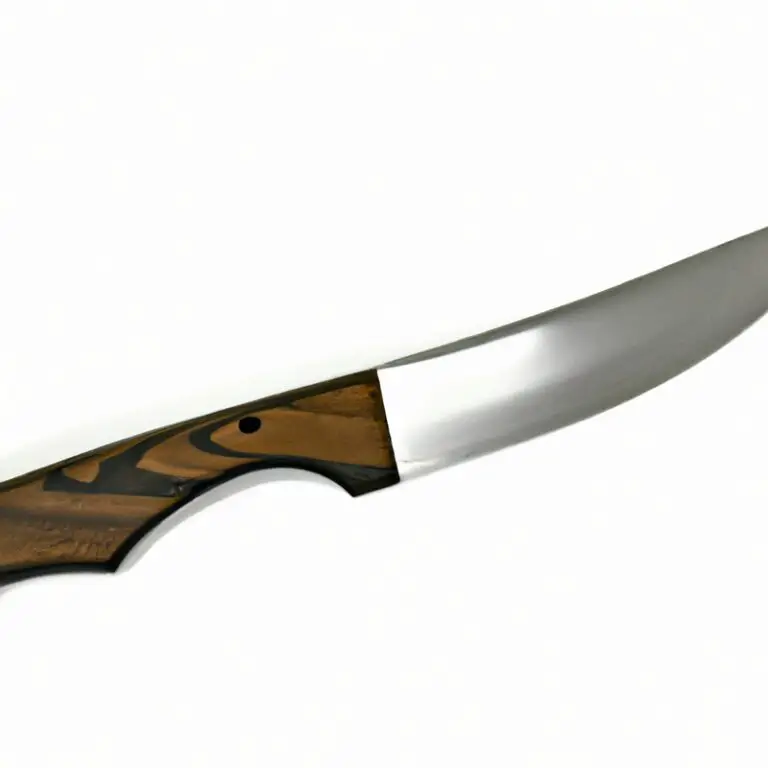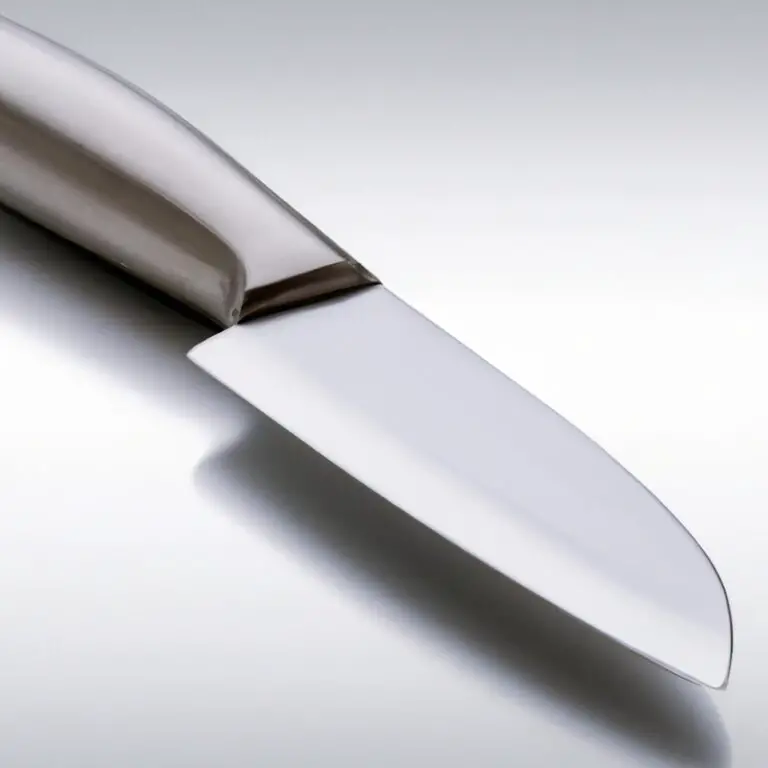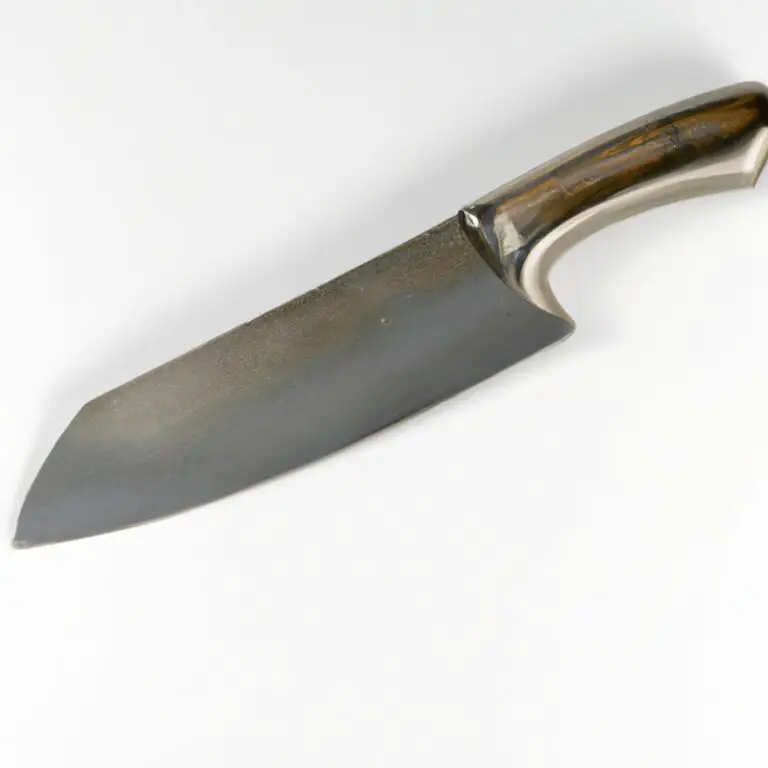How To Fillet a Mutton Snapper Using a Fillet Knife? Master The Technique!
Key Takeaways:
- Use a fillet knife to easily separate the flesh of the mutton snapper from its bones.
- Start by making a cut behind the gills and use the knife’s blade to follow the fish’s spine.
- Remove all the pin bones carefully to prevent injury or choking hazards.
- With practice and patience, filleting a mutton snapper becomes a simple and satisfying process.
Are you tired of getting less meat out of your mutton snapper while filleting? Well, worry no more! As an avid angler and experienced fisherman, I can give you some expert advice on how to get the most meat out of your catch.
In this article, I will guide you through the step-by-step process of filleting a mutton snapper using a fillet knife.
From choosing the right knife to preparing and filleting the fish, I’ll provide you with all the necessary tips and tricks. Get ready to elevate your filleting game and wow your family and friends with perfectly filleted mutton snapper dishes!
| Step | Description |
|---|---|
| 1 | Lay the mutton snapper on a clean cutting board and rinse it thoroughly with cold water. |
| 2 | With a sharp fillet knife, make a shallow cut behind the gills and down to the backbone of the fish. |
| 3 | Turn the knife parallel to the spine of the fish and follow the contour of the rib cage, gently cutting the flesh away from the bones. |
| 4 | Cut around the head of the fish to remove the fillet completely. |
| 5 | Flip the fish over and repeat the process to fillet the other side. |
| 6 | Use the fillet knife to remove the skin from the fillets, starting at the tail and working toward the head of the fish. |
| 7 | Cut the fillets into desired portions and serve immediately. |
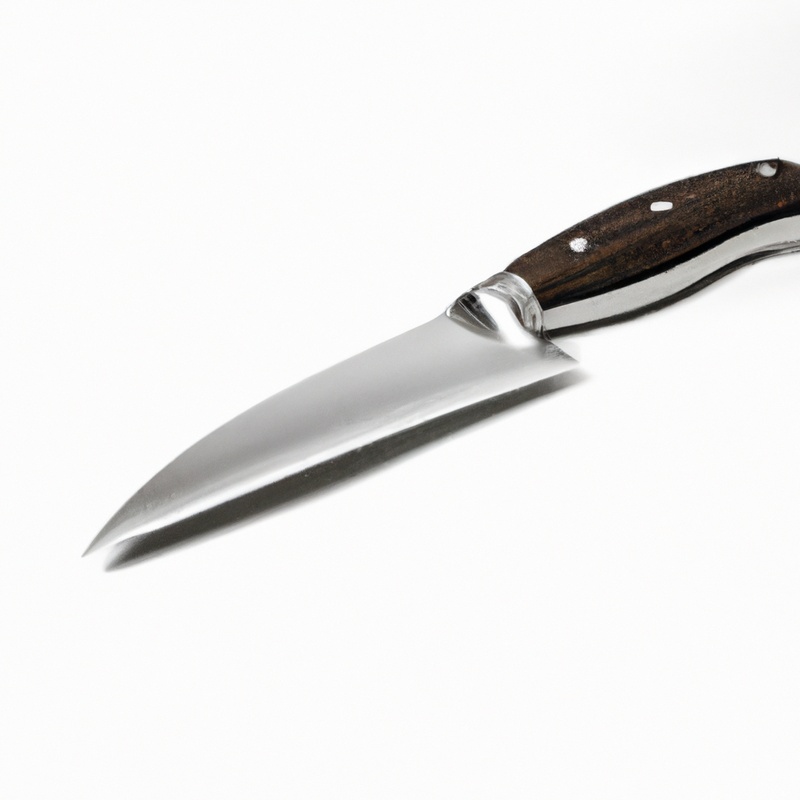
Necessary gear for filleting a mutton snapper
To get started on filleting a mutton snapper, you will need the right gear. Here are the necessary items you’ll need:
- A fillet knife: It is recommended to use a fillet knife with a blade length of 7 to 9 inches with a flexible, thin blade to easily maneuver around bones and cut through the skin.
- Cutting board: Using a non-slip cutting board with a channel around the border to collect potential juices and debris will ensure a safer and cleaner workspace.
- Pliers or fish grippers: These will assist you in gripping and holding onto the slippery fish firmly while filleting.
- Gloves: Protect your hands from accidental cuts and keep them clean from fish and bacteria by using latex, vinyl, or nitrile gloves.
- Paper towel or wet cloth: Keep your knife clean and sharp during the process by wiping it clean with wet cloth or paper towel.
- A container: Place the filleted meat in a container or sealable plastic bag to store the fish properly.
Before you begin, make sure to have these items ready and in reach to avoid any interruptions during the filleting process.
Choosing the right fillet knife for the job
When it comes to filleting a mutton snapper, choosing the right fillet knife is crucial. The ideal fillet knife should have a thin, flexible blade that is sharp and can easily glide along the bones, allowing you to make precise cuts.
A blade length of 6-9 inches is ideal, depending on the size of the fish.
Look for a fillet knife with a comfortable handle that provides a good grip and won’t slip when your hands are wet. Ergonomic designs that fit your hand comfortably will reduce the likelihood of hand fatigue and increase your control over the knife.
Keep in mind that not all fillet knives are created equal.
A high-quality fillet knife made of durable materials will last you longer and perform better than cheaper, low-quality knives. Finally, consider the type of fish you’ll be filleting when selecting a knife.
A mutton snapper has a thick backbone, so a more robust knife may be required to cut through it.
Investing in a high-quality fillet knife that is comfortable, durable, and appropriate for the task at hand will ensure that you have an enjoyable and successful filleting experience.
Preparing the fish for filleting
Before filleting a mutton snapper, it is crucial to prepare the fish properly. Begin by placing the fish on a flat surface and removing any scales with a scaling tool.
Next, use a sharp knife to cut off the head and tail.
Make a shallow cut along the belly from the head to the tail, being careful not to puncture the organs. Then, use a spoon or scaler to remove the guts and any other internal organs.
Rinse the fish thoroughly with cold water and pat it dry with a paper towel.
Now, the fish is ready for filleting. Proper preparation ensures a smoother and cleaner filleting process and helps prevent any contamination.
Removing the head and tail of the mutton snapper
To remove the head of the mutton snapper, make a cut slightly behind the fish’s gills and cut through until you hit the backbone. Then, turn your knife and follow the backbone down to the tail, removing the head.
To remove the tail, cut through the fish’s skin just below the tail fin and pull it back towards the tail, cutting through the meat as you go until the tail separates.
Removing the head and tail will make it easier to access the meat for the next steps of filleting.
Making the first cut along the backbone
To make the first cut along the backbone, place the fish with its belly facing upward. Take the fillet knife and insert it behind the gills towards the backbone.
Follow the backbone with the tip of the knife, keeping the blade at a 45-degree angle.
Cut through the rib bones carefully, keeping the blade as close to the bones as possible. Continue cutting until you reach the tail of the fish.
Repeat the same process on the other side of the fish, beginning behind the gills.
By making the first cut along the backbone, you create a guideline for removing the fillet easily.
Removing the fillet from the backbone
To remove the fillet from the backbone of a mutton snapper, start by making a cut along the spine of the fish, starting at the head and cutting down to the tail. Use the fillet knife to run the blade along the bones, keeping the blade as flat as possible, and separating the fillet from the ribs.
Once you’ve made it down to the tail, you can use the knife to cut the fillet off of the tailbone.
Repeat this process on the other side of the fish to remove the second fillet. Be sure to trim away any remaining bones or pieces of the spine before cooking or storing the fillets.
And don’t forget to properly store the fillets to maintain their freshness for later use.
Trimming the fillet for skinning
After removing the skin from the mutton snapper fillet, it’s crucial to trim it before cooking. Trimming the fillet involves carefully removing any remaining bones and cutting off any excess fat or dark meat.
This will result in a clean, evenly sized fillet that cooks evenly.
Use a sharp fillet knife and start by removing any pin bones using fish tweezers or pliers. Then, trim off any excess fat or dark meat along the edges.
Finally, make sure the fillet is evenly sized by trimming any parts that are too thin or thick.
With a little practice, trimming the fillet will become an effortless and essential step in the filleting process.
Removing the skin from the mutton snapper fillet
To remove the skin from the mutton snapper fillet, start by placing the fillet skin side down on a cutting board. Use a sharp fillet knife to make a small cut through the flesh at the thickest end of the fillet.
Be careful not to cut through the skin.
Place your finger underneath the cut and use it to guide your knife as you carefully separate the flesh from the skin. Move the knife back and forth while pulling the fillet away from the skin to release it completely.
Repeat the process on the other side of the fillet.
Once the skin is removed, trim any remaining bones or unwanted flesh. Your mutton snapper fillet is now ready for cooking or storing.
Trimming the fillet for cooking
Once you have removed the skin from the mutton snapper fillet, it’s time to trim the fillet for cooking. Trimming involves removing any remaining bones, scales, and fat from the fillet.
This ensures that your cooked fish will have a clean, smooth texture and will be free from any unwanted flavors or textures.
To start, run your fingers along the surface of the fillet to feel for any remaining bones. Use a pair of fish tweezers or pliers to pull out any bones that you find.
Next, use a sharp knife to trim away any remaining scales or fat along the edges of the fillet.
When trimming your fish, it’s important to work carefully and deliberately. Take your time to make sure that you remove all of the bones, scales, and fat without damaging the meat itself.
As you work, keep the fillet moist by occasionally spritzing it with water or wrapping it in damp paper towels.
Overall, trimming the fillet is an important step toward preparing your mutton snapper for cooking. With a little patience and attention to detail, you can ensure that your fillet is restaurant-quality and ready to be transformed into a delicious meal.
Storing the filleted fish properly for later use
After filleting your mutton snapper, it’s essential to store it properly to maintain its freshness and flavor. You can keep the filleted fish in the refrigerator for up to two days or freeze it for longer storage.
To store the fish properly, wrap it tightly in plastic wrap or aluminum foil, removing excess air to prevent freezer burn or spoilage.
Another effective method is to place the fish fillets in a plastic freezer bag, squeeze out the air, and seal tightly. Label the bags with the date before storing in the freezer.
When it’s time to use the fish, thaw it slowly in the fridge to prevent texture and quality loss.
Avoid refreezing thawed fish fillets.
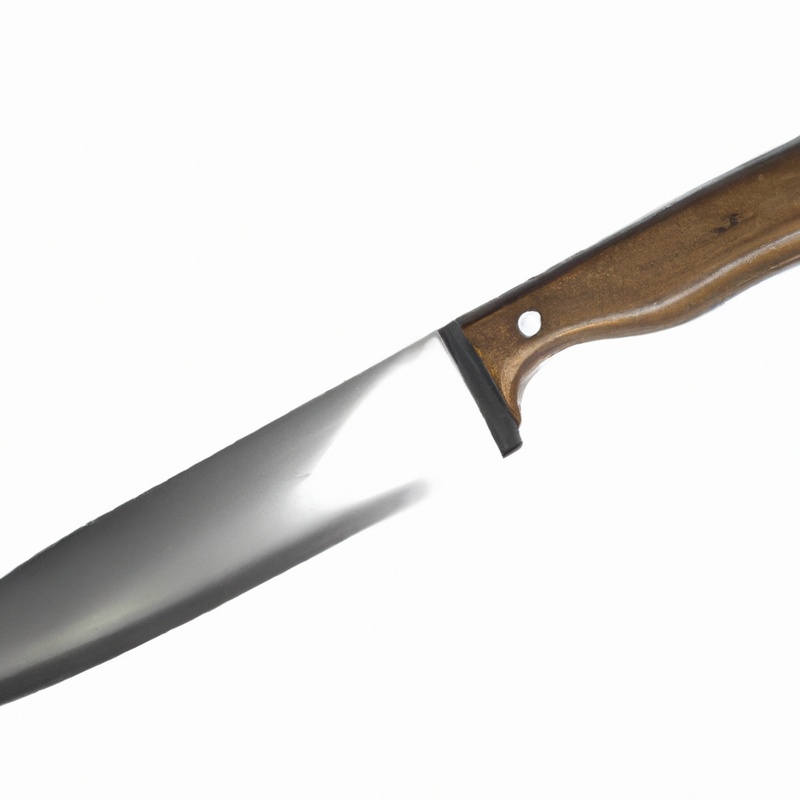
Tips for getting the most meat out of a mutton snapper
To get the most meat out of a mutton snapper, follow these tips:
- Use a sharp knife: A sharp fillet knife is crucial for getting the most meat possible. A dull knife can damage the meat and leave some behind on the bones.
- Cut along the bones: When removing the fillet from the backbone, try to cut as close to the bones as possible without cutting into them. This will help you get as much meat as possible.
- Trim the edges: After removing the skin, trim any remaining small bones or edges to ensure you are left with as much edible meat as possible.
- Don’t waste the carcass: You can use the carcass of the mutton snapper to make fish stock, which can be used as a base for soups and stews.
By following these tips, you can make sure you’re getting the most out of your mutton snapper and reducing waste.
Common mistakes to avoid when filleting a mutton snapper
Filleting a mutton snapper can be quite a task, and even experienced anglers make mistakes. Here are some common mistakes to avoid when filleting a mutton snapper:
- Using a dull fillet knife: A dull fillet knife will make the process a lot harder and increase the chance of injury. Always use a sharp fillet knife suitable for the size of the fish.
- Removing too much meat: Be careful not to remove too much meat when filleting the fish. Take your time and use gentle strokes to avoid cutting through the flesh.
- Starting the cut too far back: Starting the cut too far back from the head can cause you to lose a considerable amount of meat. Begin the cut towards the head and proceed from there.
- Not removing the ribs completely: Leaving behind rib bones can make the fillet unpleasant to eat. Ensure that you remove all the rib bones with caution.
- Removing the skin too soon: Removing the skin before separating the fillet from the bones can be tricky. It’s best to wait until after separating the fillet to easily get rid of the skin.
By avoiding these common mistakes and taking your time, you can fillet a mutton snapper like a pro.
Final Verdict
Filleting a mutton snapper requires precision, patience, and the right tools. By choosing the best fillet knife and following the correct cutting techniques, you can ensure that you extract as much meat as possible from the fish.
Remember to properly store your fillets for later use and avoid common mistakes such as cutting too deep and damaging the meat.
With these tips and insights, you can become a skilled fisherman and prepare a delicious meal from your catch. Trust in your abilities, practice your technique, and enjoy the fruits of your labor.
Happy fishing!

